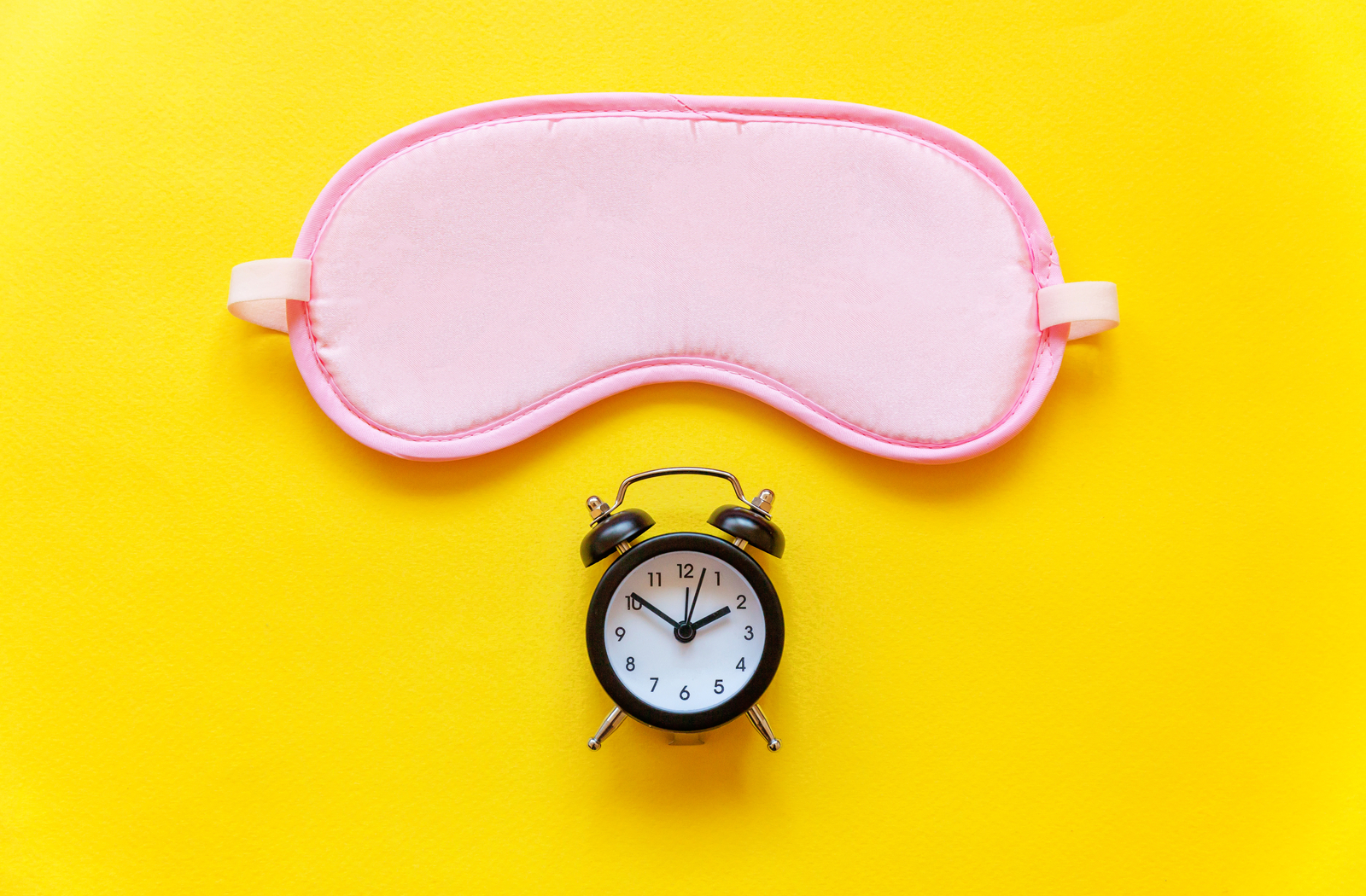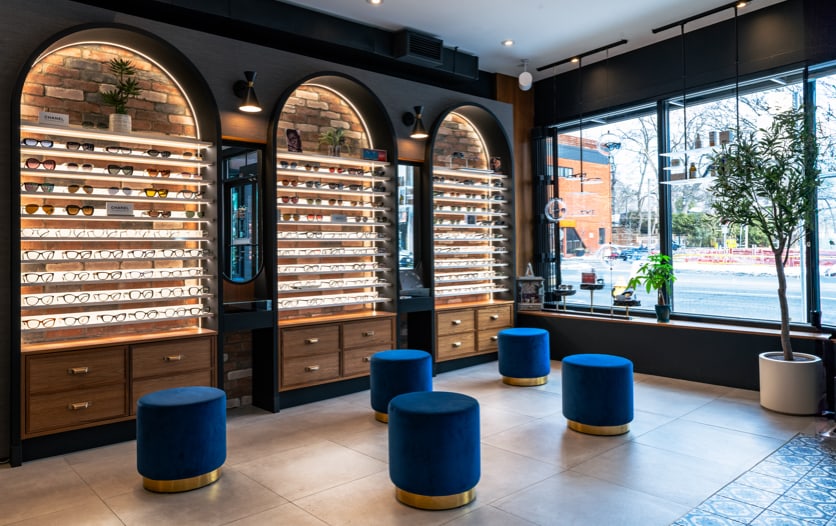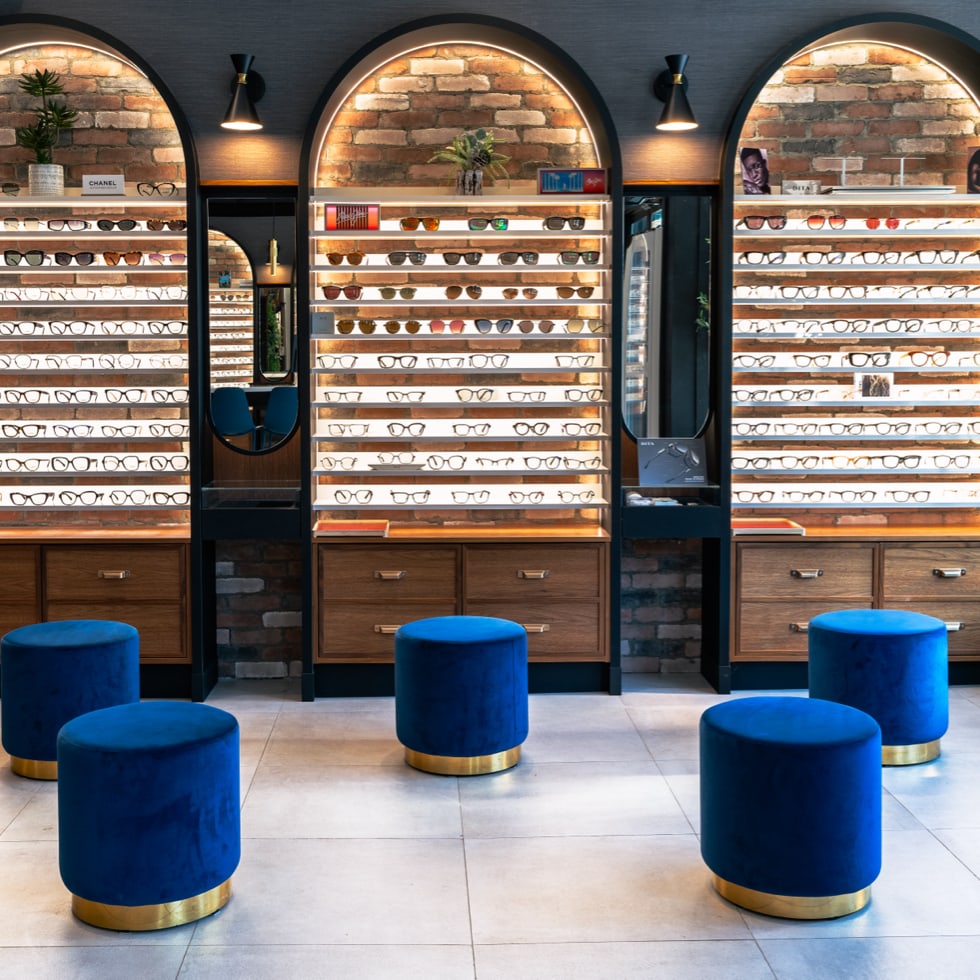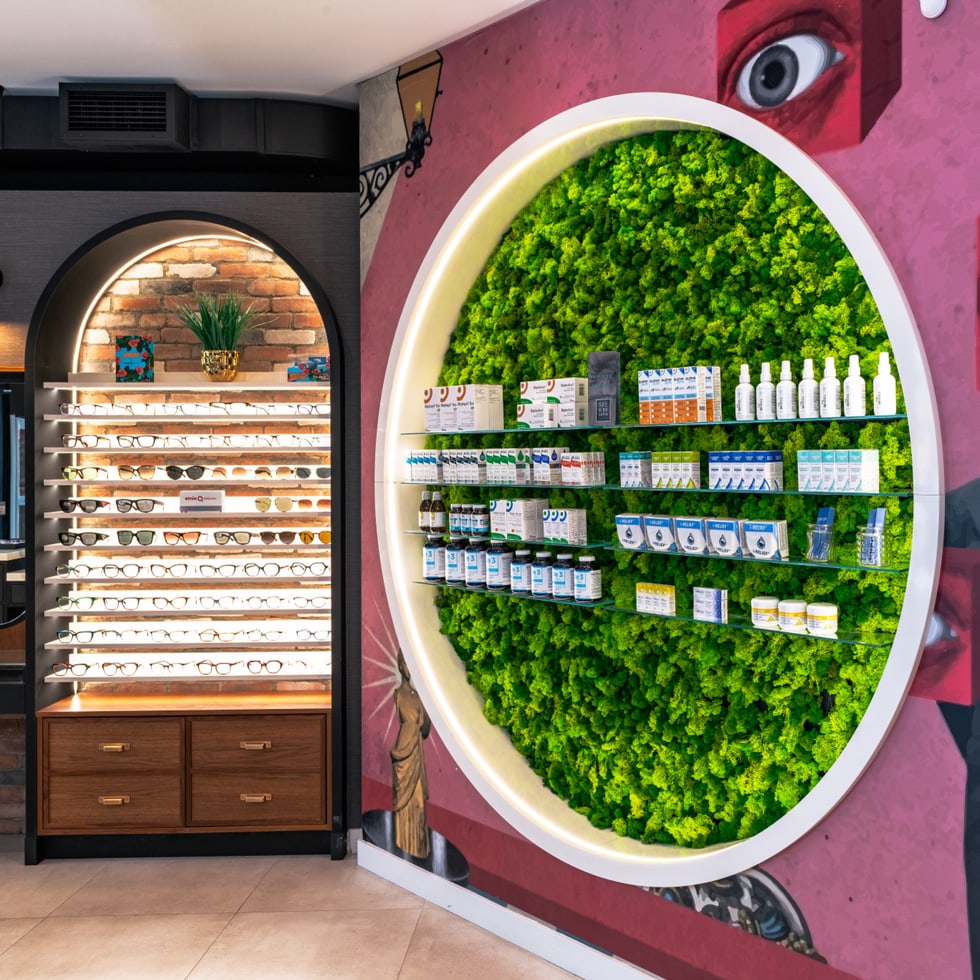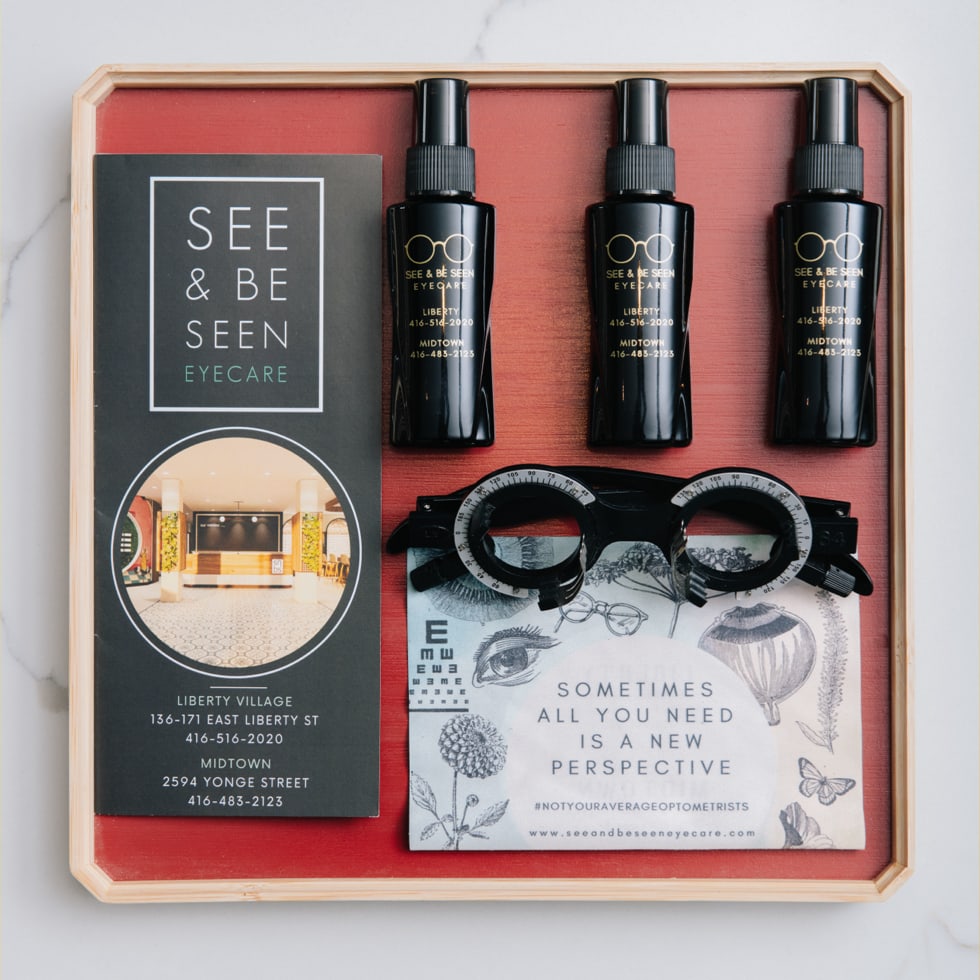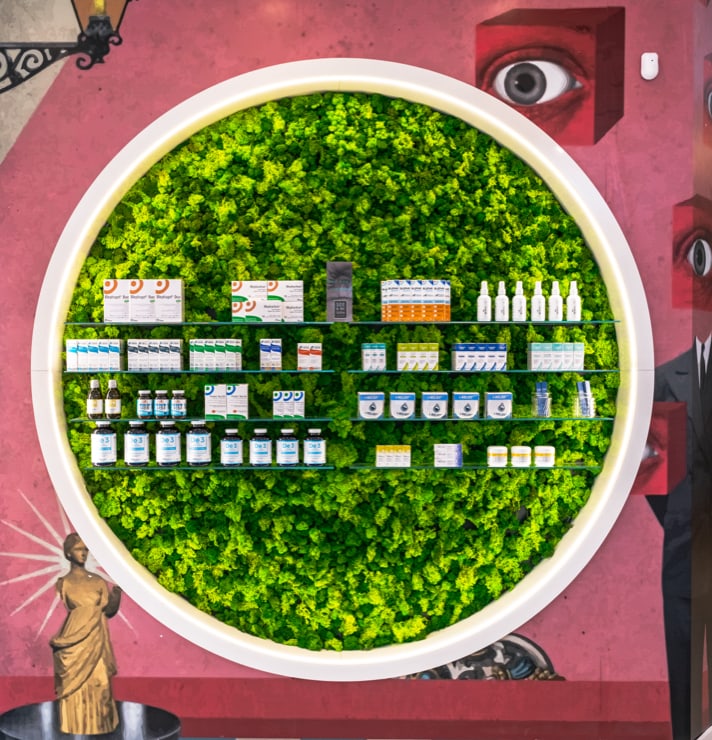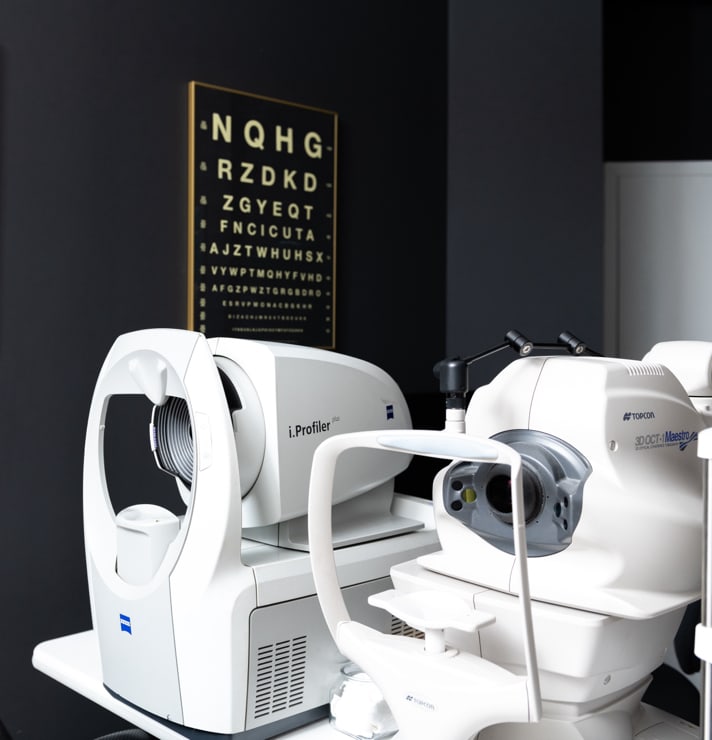There is a lot of information available on the Internet today about dry eye and the various treatments you can turn to for relief. And one of the most common treatments people are turning to are warm compresses.
But because we’re so passionate about providing patients like you with trustworthy advice, especially about managing your dry eye symptoms, we’re going to look at what warm compresses are, how they work, and if they’re worth the investment.
Of course, the only way for us to know if a warm compress is right for your needs is when you visit us for an eye exam. During your eye exam, we’ll take a comprehensive look at all of the structures that support your eye comfort and create a unique dry eye relief strategy based on what may be causing your symptoms.
Before you book your appointment, though, we should answer the million-dollar question: do warm compresses work?
Yes! But…
It depends on what type of dry eye you have and how severe it is.
Warm compresses are notably effective for managing a certain type of dry eye called evaporative dry eye. This condition can develop when your tear film—a thin layer of tears covering your eye surface—doesn’t get the necessary oils to keep your tears from evaporating.
Evaporative dry eye is responsible for almost 85% of all dry eye cases, and one of the leading causes of this condition is meibomian gland dysfunction.
Warm compresses may also be effective for issues like styes, blepharitis, and swelling around the eyes.
What Is Meibomian Gland Dysfunction?
Meibomian gland dysfunction, also known as MGD, is an eye condition that occurs when your meibomian glands become blocked.
You have meibomian glands all along the ridges of your eyelids, and they produce oils that help seal in your tear film and prevent it from evaporating. If you develop MGD, you can experience various uncomfortable dry eye symptoms like:
- Wateriness
- Redness
- Light sensitivity
- Blurry vision
- The feeling of something “stuck” in your eye
Because MGD is quite common among people who struggle with dry eye, numerous treatments are available to alleviate its symptoms, including warm compresses.
How to Use a Warm Compress for Dry Eye Relief
Heat the compress using warm water or a clean microwave. Once heated, gently place it over your closed eyelids for about 5 minutes. While the compress is on your eyes, gently massage it for an additional 5 minutes to help stimulate the meibomian glands. After completing the process, rinse your eyes with water to remove any residue that may have been expressed from your glands. To maintain eyelid hygiene, use a cleanser recommended by your eye doctor.
The heat from the compress helps to loosen or melt blockages in your meibomian glands, allowing oils to flow more freely into your tear film. Some may experience immediate relief, but those with more severe cases of Meibomian Gland Dysfunction (MGD) may need to repeat the process several times. Temporary blurred vision is normal and indicates that stagnant oil is being released.
Types of Warm Compresses
At See & Be Seen Eyecare, we offer a range of dry eye products, including warm compresses available for purchase through our online store. Here are two of our top recommendations:
Eyegiene Insta-Warmth Mask System
The Eyegiene Insta-Warmth Mask System is a cutting-edge warm compress that uses disposable heating wafers to deliver consistent heat to your eyelids. These wafers generate their own heat, eliminating the need for microwaving or soaking the mask in hot water. Additional heating wafers are available for purchase, ensuring you never run out.
I-RELIEF Therapy Eye Mask
The I-RELIEF Therapy Eye Mask uses a more traditional warm compress method but still offers effective relief. Heat the mask in a clean microwave for about 20 seconds. The mask’s innovative ThermoBead technology retains soothing heat for several minutes, helping to melt blockages in the meibomian glands and stabilize the tear film.
Should You Make Your Own Warm Compress?
While making a warm compress at home using towels, rice, or socks may seem easy, we strongly advise against it. If you suffer from dry eye, you are at a higher risk of eye infections, and household materials can carry harmful bacteria. To ensure safety and effectiveness, only use warm compresses recommended by our team or your regular optometrist. Always follow your doctor’s instructions carefully to minimize the risk of infection.
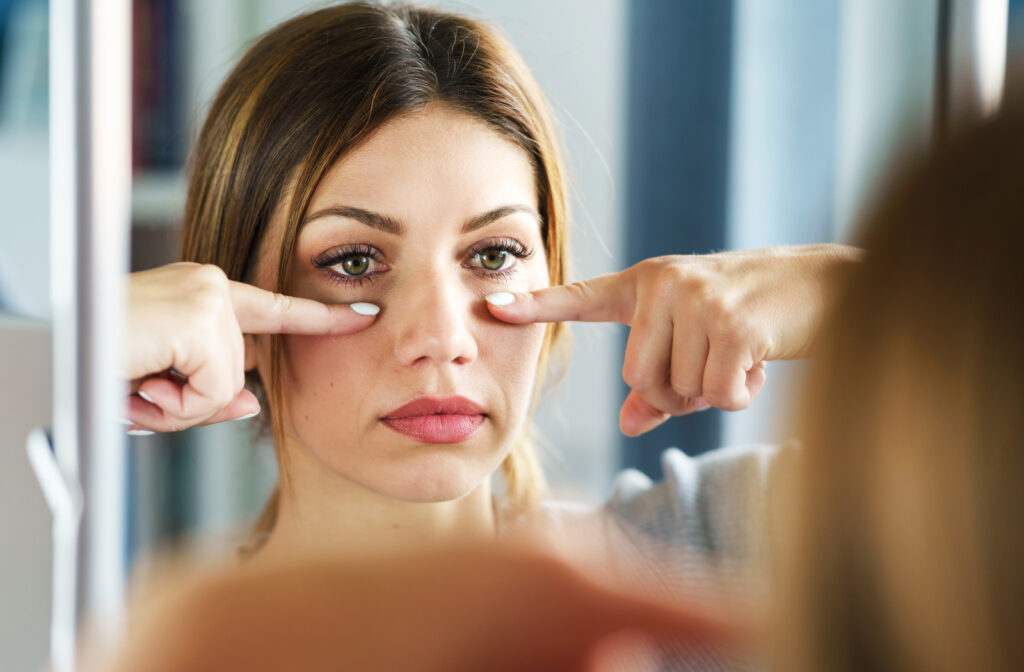
Is A Warm Compress All You Need?
Some people may achieve the relief they’re looking for with warm compresses, but others may need more comprehensive treatments to find meaningful eye comfort.
We recommend visiting us for an eye exam so we can take a look at your symptoms and create a unique strategy based on your needs. We may recommend a combination of dry eye products to effectively manage your symptoms at home, or in-office procedures like LipiFlow thermal pulsation, intense pulsed light therapy, RF therapy and more.
Get help achieving the clear, comfortable sight you deserve and book an appointment at See & Be Seen Eyecare today.

